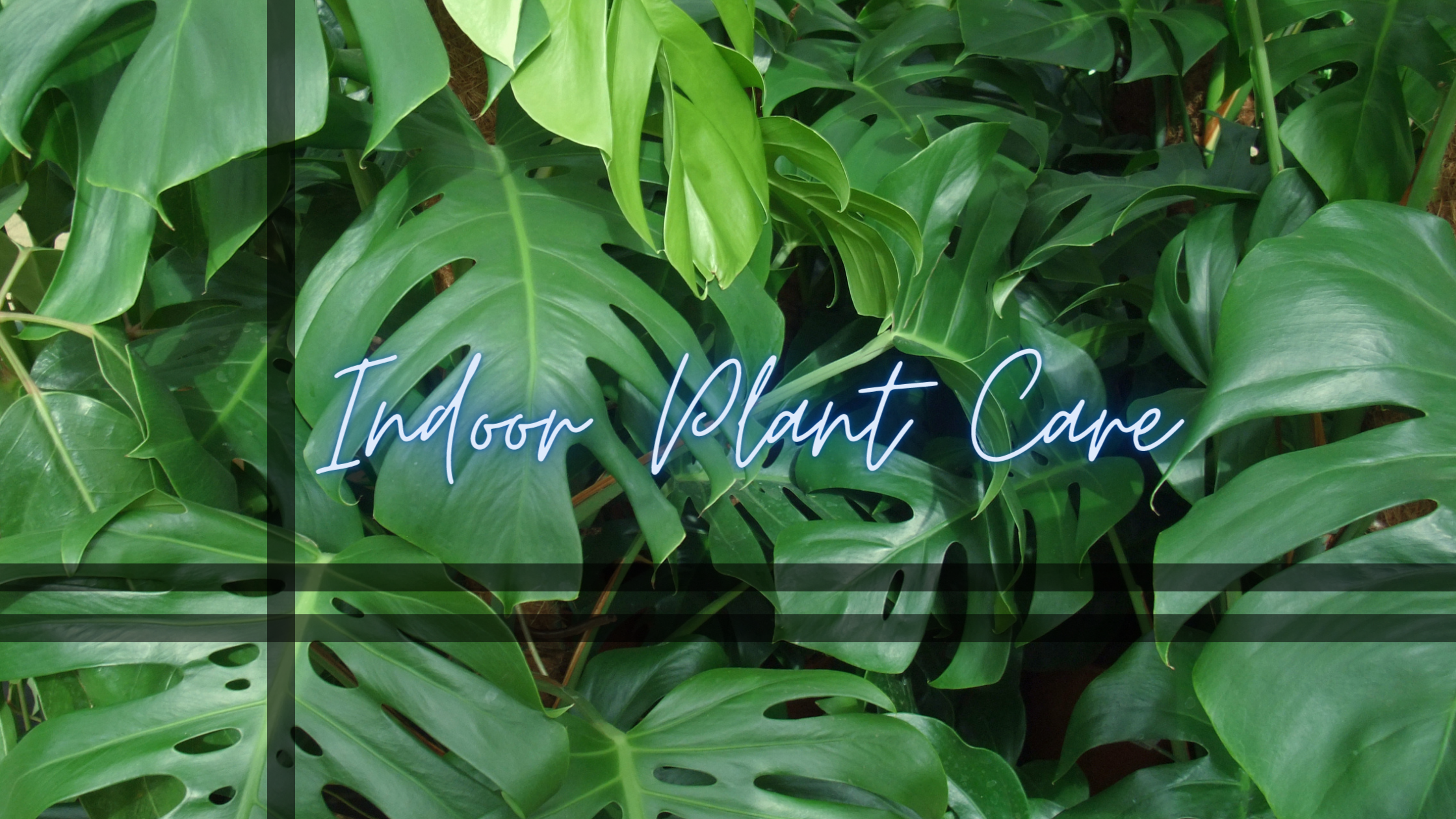/// Blush + Branch Co.

Teschia’s Tips and Tricks for new plant parents 💚
Hi Friends!
Houseplants are so rewarding and bring so joy much to our lives, I just love them! Esthetically with our decor of course but they also aid in our mental and physical well being!
They add oxygen and humidity into your home’s air while removing harmful toxins like formaldehyde and benzene.
Houseplants also increase work productivity and creativity, helping your focus and concentration levels. Reducing stress and anxiety is also a known benefit, which we all need these days (thanks 2020!)
All these amazing benefits summed up; 
Plants = Happiness
Beyond the positives, houseplants can be super frustrating if you’ve spent money and time on them and they’re still not thriving. Here’s some additional information to help you succeed!
Rays of Light
-Every houseplant has different lighting needs and it’s best to do research on what your plant wants to survive. Light is needed for the photosynthesis process to create energy to grow and bloom.
-Most houseplants prefer keeping the rays less intense with indirect (bright, medium, low) light, meaning the sunlight is not coming through the window and directly hitting the leaves (which could lead to burning and an unhappy houseplant).
-Buying a plant from the store and placing it somewhere in your house that looks best is the wrong approach. Either buy a plant you love, and place it in your home where it needs to be based on it’s lighting requirements, OR determine the area in your home/office (aka the front door) and purchase a plant based on the lighting in that location. If your front door is solid and there are no windows, you most likely have a very low light situation so you need to purchase a low light tolerant plant.
Waterworks
-You might hear the term ‘water all your houseplants once a week’, but that couldn’t be further from the truth. Every plant has different watering needs and every plantparent has different watering tendencies. It’s important to know what the plant wants, vs what works best for you. For example, Succulents and Cacti want to stay dry, whereas a Peace Lily doesn’t want to dry out. When getting started, a simple way to help not overwater or underwater is setting an appointment in your calendar to water.
I talk a lot about ‘thorough watering’ which means watering your plant until the soil is saturated, all the roots have received moisture and water is flowing through the bottom. For the beginners out there, I always recommend planters with holes to allow excess water to drain out vs unknowingly drowning.
Another caveat to proper watering is the amount of light a plant receives and the type of planter/container it’s in. Less light will require watering less often and higher light requires more frequent waterings. A terra cotta or concrete planter will draw water out of the soil (great for succulents/cacti) whereas a ceramic/metal planter will retain water longer. Choosing the correct container is important to long term success as well!
Fertilizer
-General rule of thumb for all houseplants is to only fertilize during the growing period, spring and summer. Most plants take a fall and winter nap with limited growth, so we let them rest at this point.
When it’s warmer, I normally use Schultz All Purpose 10-15-10 Plant Food, easily found on Amazon. It’s a concentrated water soluble solution so I add a few squirts to my watering jug and get going, pretty easy!
Final thoughts
-Start slow, buy one plant at a time and master their happiness, add another and repeat!
-There are soooo many resources out there to help on your plant journey. The houseplant community is very kind and more than happy to assist on questions and concerns, as we all have the same goal in mind; happy houseplants.
-Follow my IG or Facebook pages for more plant tips and tricks along with a continuous flow of plant styling inspiration. @blushandbranch
-Plant Smiles -Grow Laughter -Harvest Love
💚 Teschia
Blush and Branch


